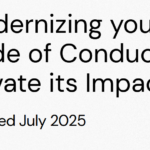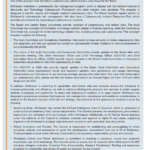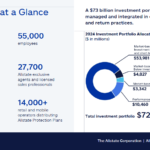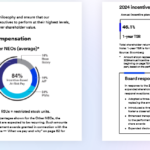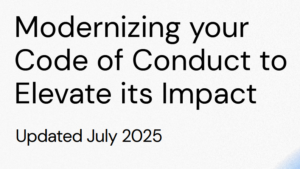Given the political pressure that companies are finding themselves when it comes to the “E” and the “S,” it’s not surprising that as we gear up to analyze the transparency of documents ahead of the 2025 Transparency Awards, we are finding companies all over the map with their report names this year. Also not surprising is that the names used sometimes don’t consistently match the content.
For example, many “impact reports” are not based on an impact materiality assessment. Years ago, we may have said that a corporate responsibility report was either (a) emphasizing the principle that “good for the world is good for business” and/or (b) light on environmental disclosures.
However, it appears that the “corporate responsibility” label is gaining favor as an ESG replacement – but that seems an interesting choice given that at least one judge recently held that there is no responsibility to improve society without economic relevance (in the context of ESG investing).
It’s a mess for a reason. There’s the need to balance the company’s prior disclosure practices, the current U.S. environment (no pun intended) and global regulations looming for future reports. Don’t’ forget that CSRD is structured into E, S and G sections.
It’s enough to make companies throw up their hands and use a unique, brand-based title. Which may actually help link ESG to the company’s business and strategy, so perhaps not a bad idea.
That all said, we take a pragmatic approach and count a “corporate responsibility report” – or reports with whatever name that seems reasonable – when it comes to our analysis ahead of the Transparency Awards. If it walks like a duck and talks like a duck…







